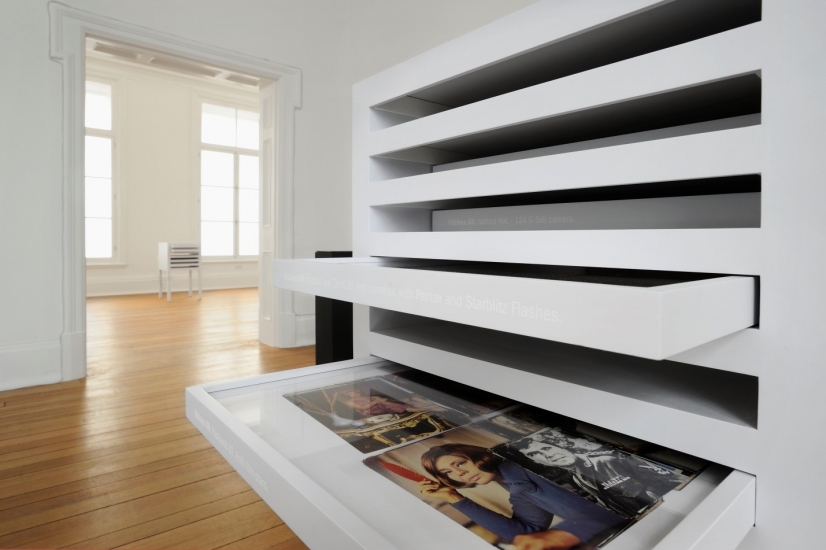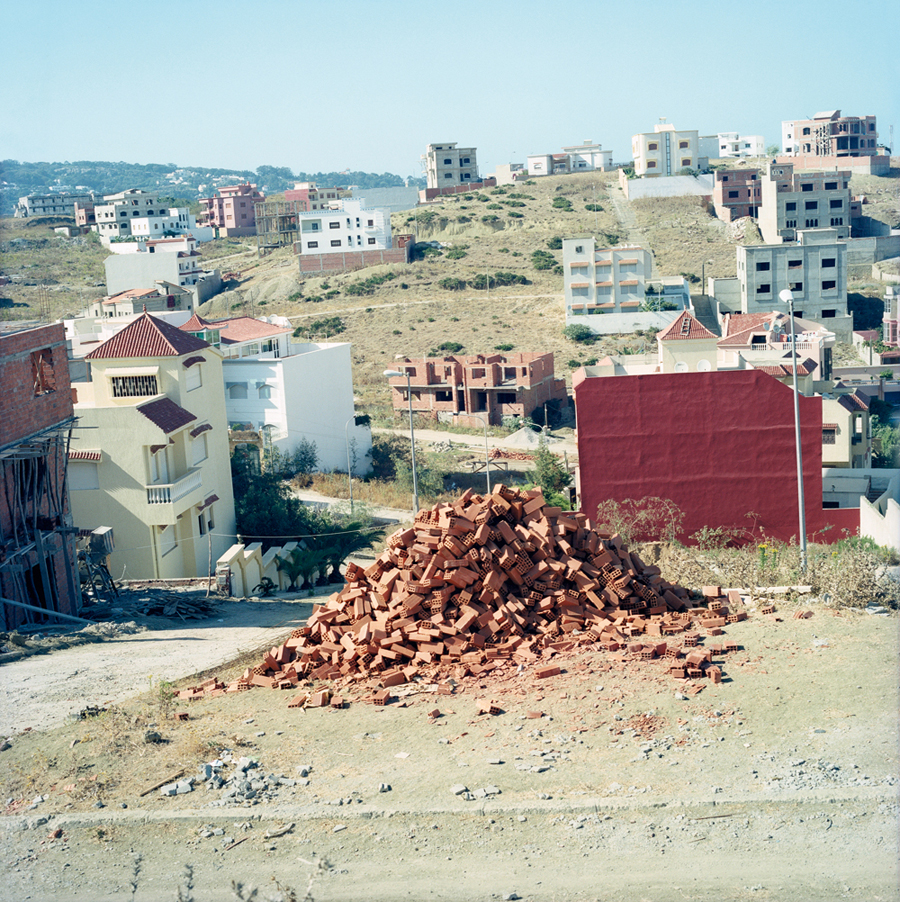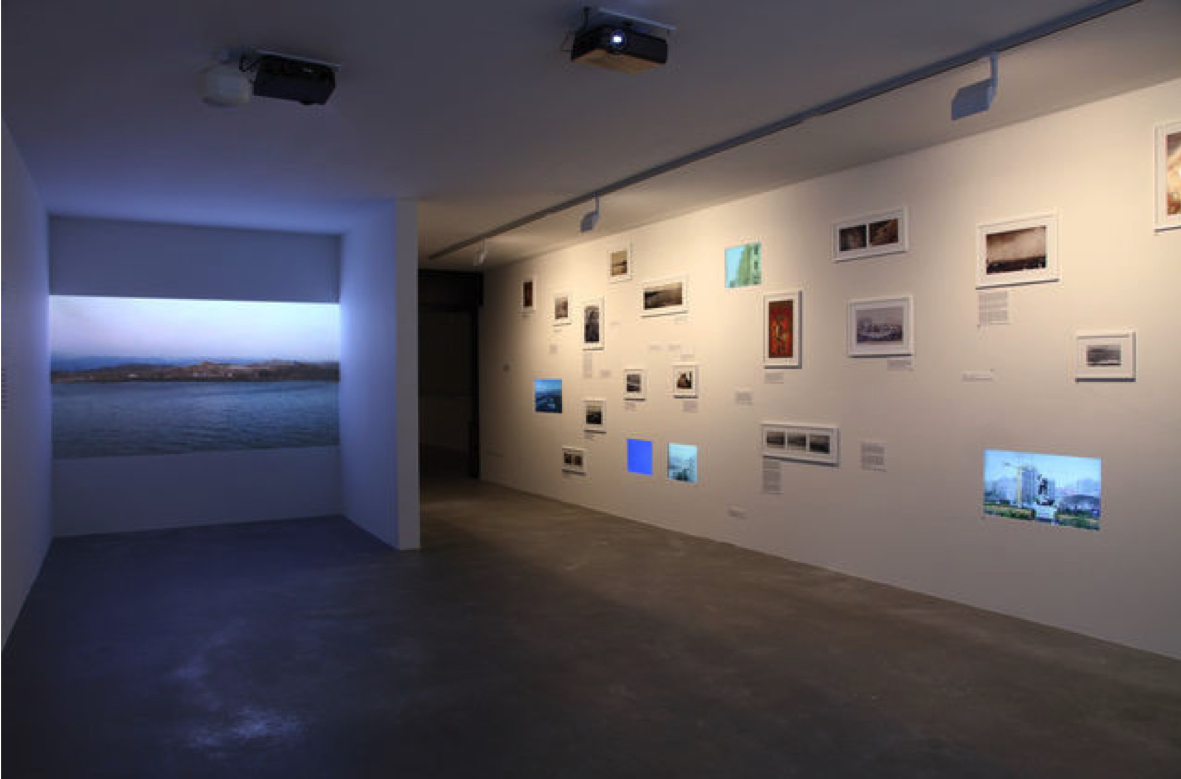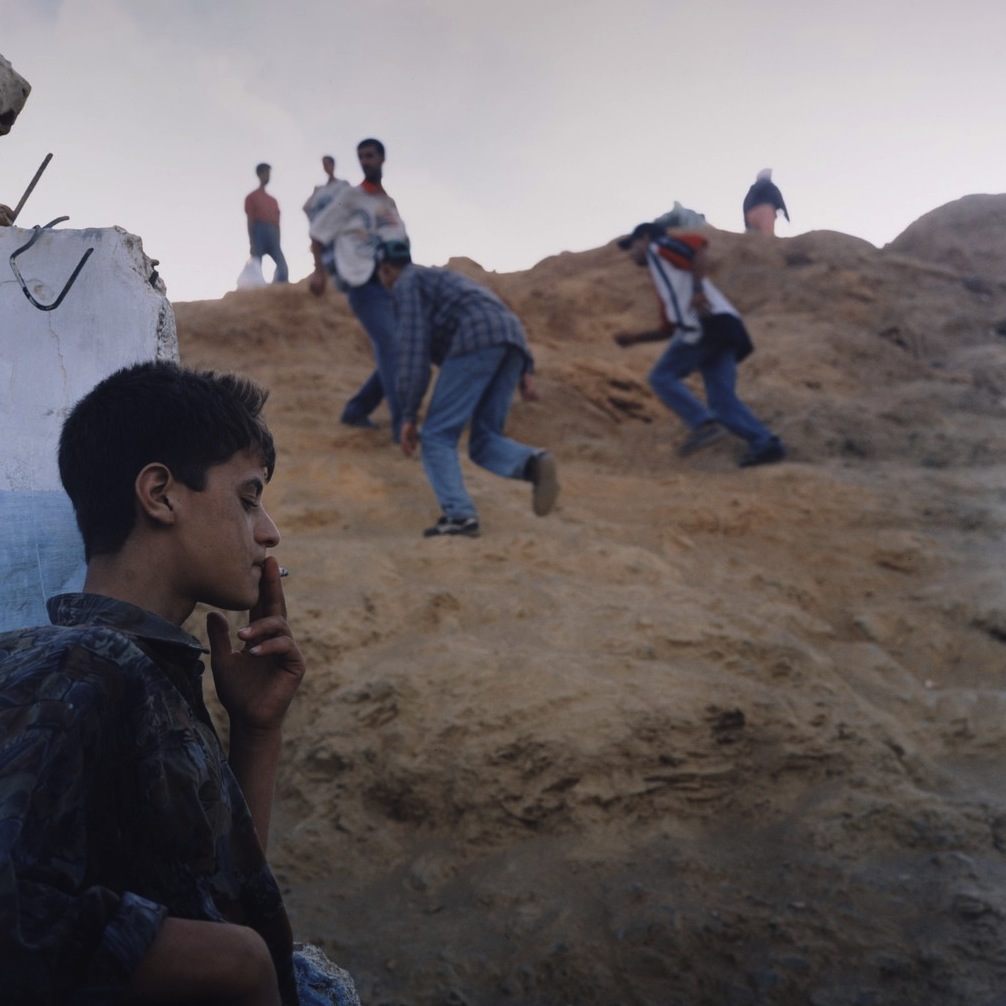‘The art world is no longer defined by the activity of traditional art centres’
Let’s face it: art from the periphery is far from being a new concept. The whole idea of creative expression from the fringes of mainstream culture is about as old a cliché as the practice of art itself. Think of the bohemians, troubadours, and iconoclasts of modern and ancient history that thrived in opposition to whatever dominant trends were dictated by those in the establishment. James Dean, Marlon Brando. The rebel is sexy. The rebel is chic. The rebel is just as much a caricature as the status quo it attempts to subvert.
However, when the rebel is secondary, dealing with the unintended consequence of working on the periphery is perhaps the only option you have - the only opportunity to emerge when the Old Guard’s stronghold relies, in part, on your underexposure. To rebel - with the greater purpose of communicating, educating, and unifying by leveling out the playing field of artistic expression - may not be as glamorous as old school Hollywood stories; but that only makes it all the more necessary to communicate to new audiences what it means to interject yourself, your history, and your community into a discourse that once marked you as the ‘other’.
Such is the idea behind the San Francisco Museum of Modern Art’s (SFMOMA) current exhibition, Six Lines of Flight: Shifting Geographies in Contemporary Art, an examination of the interconnectivity of the global art landscape through six off-the-chart cities largely overlooked by traditional hubs such as New York, Paris, and Los Angeles. Curated by SFMOMA Assistant Curator of Painting and Sculpture Apsara DiQuinzio, the show - which opened on September 15 and runs until the end of the year – has filled up the museum’s top floor with 60 works of various media by 19 international artists and art collective groups, categorised by country: Beirut, Lebanon; Cali, Colombia; Cluj-Napoca, Romania; Ho Chi Minh City, Vietnam; Tangier, Morocco, and SFMOMA’s hometown, San Francisco. ‘The art world is no longer defined by the activity of traditional art centres such as New York, Berlin, Beijing or London, but is instead shaped by many cities, small and large’, DiQuinzio notes in the exhibit’s catalogue, cited by Artinfo as one of the top ten art books to read this fall. ‘These new artistic communities, each reflecting the history, culture and conditions of its region, have established a vibrant network for contemporary art.’
The catalogue, edited by DiQuinzio and published by the University of California Press not only features images of the pieces included in the show, but also contextualises them within a series of thematic essays that challenge traditional frameworks of understanding culture, and redraft the global landscape of art.
Of particular importance is the show’s emphasis on Beirut as a burgeoning art centre in the Middle East. Reclaiming a cultural and national identity within the lasting traces of war is a dominant theme in much of the artistic work selected for the exhibit, as is the city’s perishable environment, and the fundamental challenges it poses for those in institutional dominance. ‘The presence of the Civil War seems to converge most visibly around the concept of what is missing: justice, history and countless individuals’, art historian Dr. Sarah Rogers remarks in an essay in the catalogue entitled Culture ’45 and the Rise of Beirut’s Contemporary Art Scene.

Akram Zaatari - Twenty Eight Nights and a Poem (courtesy Thomas Dane Gallery)
Lebanon, better known for its self-destructive cycle of war, identity politics, recovery, and cosmopolitanism, has also been the site of long-standing intellectual renaissance movements, and was even recognised as a cultural capital until the Civil War erupted in 1975. The war’s end in 1990 coincided with the rise of the international art market. ‘In the absence of an institutional structure for ephemeral practices – installations, performances, leaflets – artists circulated their work in the urban environment’, Dr. Rogers explains. Further elaborating, she notes that:
Labeling Beirut as ‘proto-institutional’, Western critics would later imply that this body of work emerged from a postwar tabula rasa: no organisations, no market, and no audiences. Yet … this certainly was not the case.
Rather, the 1990s emerged, in Dr. Rogers’ words, as ‘a critical decade in which new and recovered cultural spaces and sociabilities catalysed innovative platforms for experimental practices deeply embedded in postwar Beirut’.
The ‘line of flight’ spanning across the art scenes of Beirut, Cali, Cluj-Napoca, Ho Chi Minh City, Tangier, and San Francisco is one that not only binds them together, but also pushes them forward towards discovering new connections, experiences and modes of knowledge
Absence certainly made its presence among the works of the Beirut artists represented in the show, from Abdallah Farah’s photograph series documenting the city during the Lebanese Civil War, to a nonlinear mixed media timeline chronicling the history of Beirut using 1,001 projected images of the same cityscape. As well, photographer and Arab Image Foundation Co-Founder Akram Zaatari has used thousands of discovered photographs taken in the 1940s by Beirut portrait photographer Hashem el Maadani to recreate the country’s messy history in an installation entitled Twenty Eight Nights and a Poem. Also harkening back to Beirut’s long-gone days is a piece by Joana Hadjithomas and Khalil Joreige which features dozens of old Welcome to Beirut postcards whose nostalgic imagery is marred with burns and smudges. Tying everything together is Lamia Joreige’s Beirut: Autopsy of a City, a wall-size mixed media installation timeline, which chronicles the history of Beirut from 1,200 B.C. to the present day using photos, drawings, paintings, maps, text, and video monitors.

Yto Barrada - Bricks
In many of these pieces, it’s evident that the Lebanese artists represented are not just concerned with the effects of war and Lebanon’s contested history, but also its documentation, in challenging the use of photographs as authoritative representations, and looking at how the imagery captured from cameras has reshaped the country’s narrative in terms of war, politics, culture, memory, and ultimately, its history. In some pieces, the photographic image is one of manipulation; in others, intimacy. To bring the two sentiments together in the same show creates an understanding of Beirut’s art scene as one that is strengthening cultural change in ways that are nuanced and complex: it’s sensitive without being sentimental, while at the same time intimate and political.
Contrast that to Tangier - a city physically located at the edge of where the constructs of East and West used to meet at the Strait of Gibraltar, the nine-mile passageway separating Europe from Africa and connecting the Mediterranean Sea to the Atlantic Ocean. The city is literally a contact zone between two physical and cultural worlds. ‘But instead of interrogating the region’s social and political context,’ art researcher Abdellah Karroum writes in another of the catalogue’s essays, The Strait’s Passage, ‘its [art] history has been primarily read through the prism of nationalism and oriented toward the surface of the objects these encounters produced’.
This is because Tangier - and Morocco’s - location poised it as not so much an international city as one that was groomed into a ‘pre-colonial’ city, rich with fertile ground for imperialism, geographical exploration, Orientalist exchanges, and cultural successions. As Karroum notes:
The contemporary Moroccan relationship to the colonial past – including assimilated anthropological and social knowledge, both of which are noticeably absent from the country’s educational system – is structured by a new historicity that does more than practice history from afar … Despite its geographic location, Tangier is defined by Western history as ‘The Orient’.
Much of Tangier’s value, it can be said, has just as much to do with Western interests as its own localised culture. As a result, contemporary artists in the city - whom Karroum calls ‘Generation 00s’ - have been using artistic methods to reclaim national Moroccan identity from imperial powers. Painting as an art form is rejected as it represents colonialism. Like the city itself, artists have created their own style by creating a hybrid of calligraphy and traditional materials; yet, the resistance hasn’t just been just aesthetic. Ethical considerations have come into play, particularly with respect to issues surrounding cultural politics, education, and the lack of physical and symbolic space for artistic expression. ‘The Generation 00s engage the questions of freedom and of shared spaces for collaboration,’ Karroum states, ‘ever conscious that belief and conviction are private affairs, whereas ideology and politics are public’.

Lamia Joreige - Autopsy of a City
What aligns these cities – Beirut, Tangier, and the others - is the parallel, yet distinct growth they have all shared over the past 10 - 20 years in terms of the arts, and the establishment of new movements and institutions with which to harness their localised cells of creative expression. With the exception of San Francisco, each city is also connected through recent histories of violent conflict, political oppression, cultural upheaval, and geographic demotion, which have resulted in their periphery status by the so-called centres of the art world. ‘The six cities represented here are not considered primary international art centers, and none of them hosts a major biennial,’ DiQuinzo explains, ‘yet they have active, localised art communities that extend beyond their own regions and become international places of exchange’.
The thread that connects these six cities - the ’line of flight’ - is a reference to the French philosophers Gilles Deleuze and Félix Guattari, who argued that all things exist in a state of multiplicity and flux, interconnected by a pathway ‘that takes place between [the] self and others, pushing the subject beyond self-centered individualism also to include non-humans or earth itself’. In this sense, the line of flight spanning across the art scenes of Beirut, Cali, Cluj-Napoca, Ho Chi Minh City, Tangier, and San Francisco is one that not only binds them together, but also pushes them forward towards discovering new connections, experiences and modes of knowledge.
‘It has become increasingly apparent that contemporary art is no longer defined by a few primary centers,’ DiQuinzio notes in the essay, Provisional Horizons. ‘It is now composed by many centers, small and large, each possessing unique histories, constituencies and ethnic identities.’
Think of the world here as remapped – Borderless. Boundless. Indefinable.

